A charity worker who could not see his bride's face when he proposed will now witness her beauty in “high definition" at their 2021 wedding – thanks to a pair of smart glasses.
Diagnosed with cone-rod dystrophy – a rare degenerative condition that weakens central vision and affects one in 30,000 people – in January 2009, when Nathan Tree, 31, started dating his fiancée Ginny Matthews, 29, in late 2017, he could no longer distinguish facial features.
They had known each other slightly at school and he had only childhood memories of her face, yet they fell in love and bought a house together in Wheatley, Oxfordshire, England, in September 2018, three months after which he proposed.

Now, after accepting he would never see the woman he loves smile, he has received an early wedding gift – after being invited to test some hi-tech specs, which restore the wearer's central vision using advanced magnifying technology.
He said:
“There's been so much negativity in 2020, but if there's one positive to come of it all, it's that I've able to see Ginny's true smile and will see my bride in high definition on our big day."
“I lost the ability to recognize the faces of friends and family nearly five years ago."
He continued:
“After proposing, I thought I'd never be able to take in the full vision of Ginny walking down the aisle – but now I will."
Nathan, whose amazing spectacles have been made by OXSIGHT, only wore reading glasses until the summer of 2008 when, learning to drive aged 19, his instructor advised him to see an optician, as he could not read a license plate from 20 meters away as required by UK law.
Then in his second year of business management studies at Southampton's Solent University, Nathan said:
“I expected the optician to tell me I needed an extra pair of glasses for long distance, but after half-an-hour in the testing room, I left them all stumped."
He continued:
“My ability to read what was on the board in front of me was constantly changing – regardless of whether any of the controlled measures had been altered."
“I hadn't realized anything was amiss with my eyesight, but it was clear the optician was relatively worried."
Referred to the University Hospital Southampton in November 2008, he had a number of tests for conditions including glaucoma.
He said:
“It felt like a lifetime waiting to get a solid answer about what was wrong with my sight."
“I had tests for glaucoma, tests to measure my blink reflex – it felt like I had a test for everything. I was in an out of the specialist eye center until the New Year."

And in January 2009, after ruling out several other conditions, Nathan was given an electroretinogram – an eye test that examines how well the retina is working – which identified cone-rod dystrophy.
Causing deterioration of central vision over time, it occurs in roughly one in 30,000 people worldwide, according to charity Retina UK, and with no current treatment available, Nathan was told it could eventually rob him of his sight.
He said:
“I put it to the back of my mind and pretended it wasn't really happening."
“At that point, I was only struggling to see things in the distance and it wasn't really impacting my day-to-day life."
But, as he finished his studies, his sight slowly deteriorated.
Struggling to read small print and black writing on a white background by 2015, he altered all his devices – such as phones and computers – to improve matters.
He said:
“Real life wasn't too much harder for the first five or so years."
“I needed to read extra-large print and changed the settings on my devices to accommodate for that."
“It was a change, but not too big that I couldn't deal with it."
The real blow came by the start of 2017, when Nathan was struggling to recognize familiar faces.
He said:
“It started off with me walking into things on the street."
“I couldn't tell you what I was walking into for sure, as I couldn't see properly. Most likely it would be a bike or electricity box – that sort of thing."

He continued:
“Then, one day, my friend came over and was very annoyed, telling me I'd completely ignored him."
“It was very pertinent, because I had been aware of him, I just didn't realize who he was."
“I'd managed to get by until then, but sadly you can't invert the colors on someone's face to help you recognize them."
“From then on, my central vision was like looking through clouds – hazy and unclear."
Becoming withdrawn and depressed after losing the ability to recognize familiar faces – even that of his mom Mandy, 56, a former hospital admin worker – Nathan started avoiding social situations.
“I basically locked myself away for the best part of a year," he said. “I saw the doctor and was offered pills, but antidepressants were never going to fix my sight."
Then, with his family's backing, he got support from the Oxfordshire Association for the Blind and began seeing a specialist counselor in April 2017.
Finally, after nearly 10 years of living with cone-rod dystrophy, Nathan finally accepted his condition.
He said:
“The counselor I was seeing was blind herself, which blew me away from the start."
“I always thought that losing your sight meant giving up any hope of working or having a normal life."
“The therapy really made me pull my head out of the sand and face my condition head on."
“I started to accept the position I was in and became more involved with the blind community."

Beginning mobility training in the summer of 2017, Nathan adapted to life with visual impairment – taking courses in how to use a cane and later on learning to read braille.
By September that year, he began working for the Oxfordshire Association for the Blind as an adviser.
Around the same time, Nathan started a friendship with an old acquaintance – Ginny.
He said:
“She was a few years below me at secondary school, but we were never really friends."
“I'm a big fan of ice hockey and so is she, so after we both entered a Facebook competition to win a hockey stick we start talking."
Soon exchanging regular Facebook messages, at first Nathan did not think Ginny would be interested in him romantically.
“Back then I was still pretty hard on myself," he continued.
“I was struggling with my confidence and basically said, 'Why would a woman like her want to hang around with me – I couldn't do anything.'"
“But she wasn't having any of it, so I took her out for a pizza and a few pints."
He added:
“It was quite hard, not being able to judge facial expressions to see how my jokes had landed, but she must have liked me, as we're still here three years on."
“I hadn't seen her since we were children, but I was able to get an impression of how she looked from my peripheral vision – not that it ever reflects reality."
“And anyway, finding the right person was more about what was on the inside than the outside."
What is cone-rod dystrophy?
- Cone-rod dystrophy refers to a group of inherited diseases affecting photoreceptors - light sensing cells - that are responsible for capturing images from the visual field.
- The condition affects the cone cells in the centre of the retina, meaning that central vision deteriorates over time.
- Cone cells are present throughout the back of the eye - or 'retina' - but are concentrated in the central region, known as the 'macula' and are used for central vision.
- So far more than 20 different fault causing genes have been discovered for the condition, but there are likely to be many more which makes treatments difficult and expensive to explore and develop.
- Early symptoms include light sensitivity, color vision problems and night blindness.
- The age of onset, progression and severity can vary greatly from one person to another and as a result it is very difficult to predict what an individual's vision will be like at a specific time in the future.Current figures suggest the condition affects just 1 in 30,000 people.
- Current figures suggest the condition affects just 1 in 30,000 people.
Head over heels in love, a year into their relationship in September 2018, the couple bought a house together and, three months later, Nathan asked Ginny to marry him.
“Ginny made it clear she didn't want a big public proposal," he said. “Instead, I tidied the house up and made a nice meal before asking her to marry me."
Meanwhile, his visual impairment seemed to “plateau" and Nathan started to accept life without full sight.
“From a medical perspective, since I stopped being able to recognize faces, my eyesight has remained stable," he said.
“I try not to rely on my vision for anything. My phone and laptop can read out loud and I can dictate to them with my voice."
“I'm familiar with braille and even have a guide dog, Maisy, a black Labrador."
Then, at the start of 2020, Nathan was approached by UK tech company OXSIGHT, to see if he wanted to test their latest smart glasses – which will cost £1,500 (~$1,957).
He said:
“They knew me through the charity and asked me to come in and test out their Onyx glasses."
“They asked me to bring along a loved one – so I took my mum."

“I could see a lot more detail and I could read, which is something I haven't been able to do for many years."
“I saw my mum's face for the first time in five years and I made a joke about how much she had aged, which didn't go down well."
“I didn't meant it. It was very emotional. I wasn't prepared for it – she looked beautiful. It wasn't something I thought I missed until it came back. It hit me really hard."
With a second testing session in February, after the pandemic unfolded in March, further appointments were put on hold – along with Nathan and Ginny's May wedding, which was postponed until 2021.
Then, in June this year, Nathan was sent a pair of Onyx glasses to try out for an entire week.
“My mind was blown – at first I was like, 'This is really, really cool,'" he said.
He continued:
“Although by the end of the week, my brain had gone a bit into overdrive. I was wearing them morning, noon and night."
And seeing Ginny clearly for the first time was an experience he will treasure forever.
“It was just perfect," he said. “Ginny matched up perfectly to how I saw her in my head – it was brilliant."
Now he cannot wait to see her walk down the aisle at their May wedding.
He said:
“I did three testing sessions for OXSIGHT in total, and each one was better than the last."
“I don't know when I'll next get my hands on a pair."

He concluded:
“They're scheduled to come out at some point next year and I've been told I have a pair with my name on for the big day – I can't wait."
To find out more about inherited retinal conditions and the information and support offered by Retina UK, visit www.RetinaUK.org.uk.
To find out more about OXSIGHT and the technology behind Onyx, visit www.oxsight.co.uk.



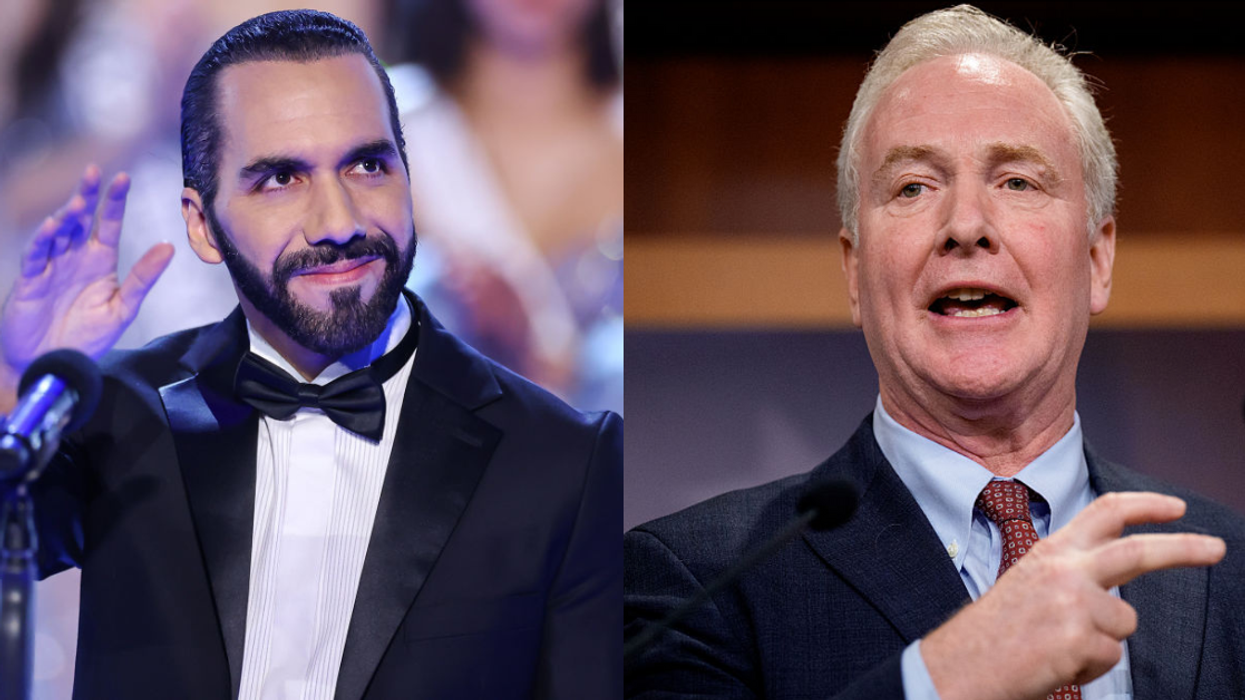


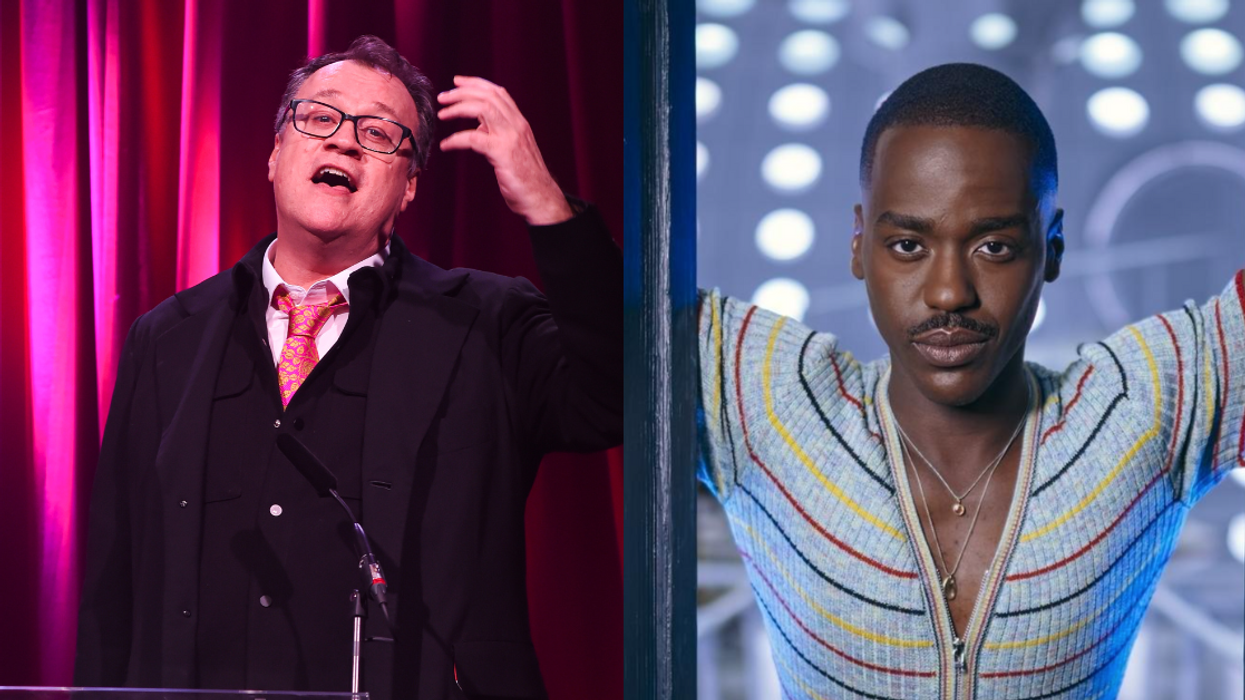
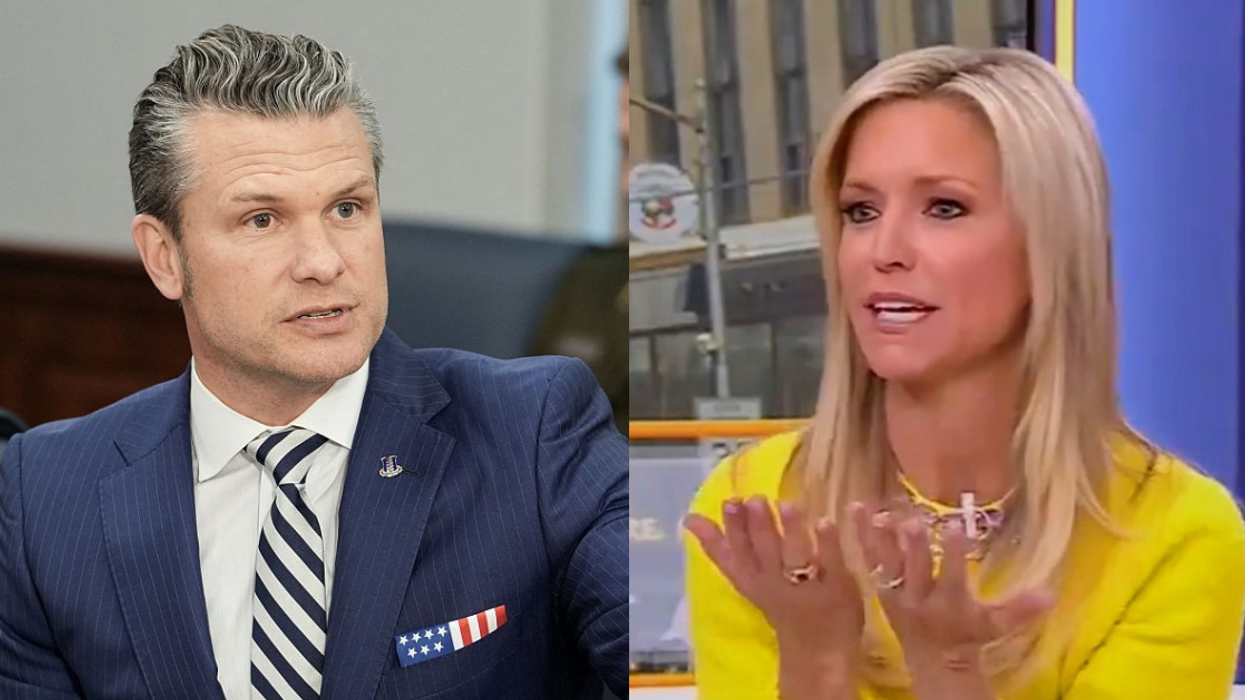
 @LarryBoorstein/X
@LarryBoorstein/X



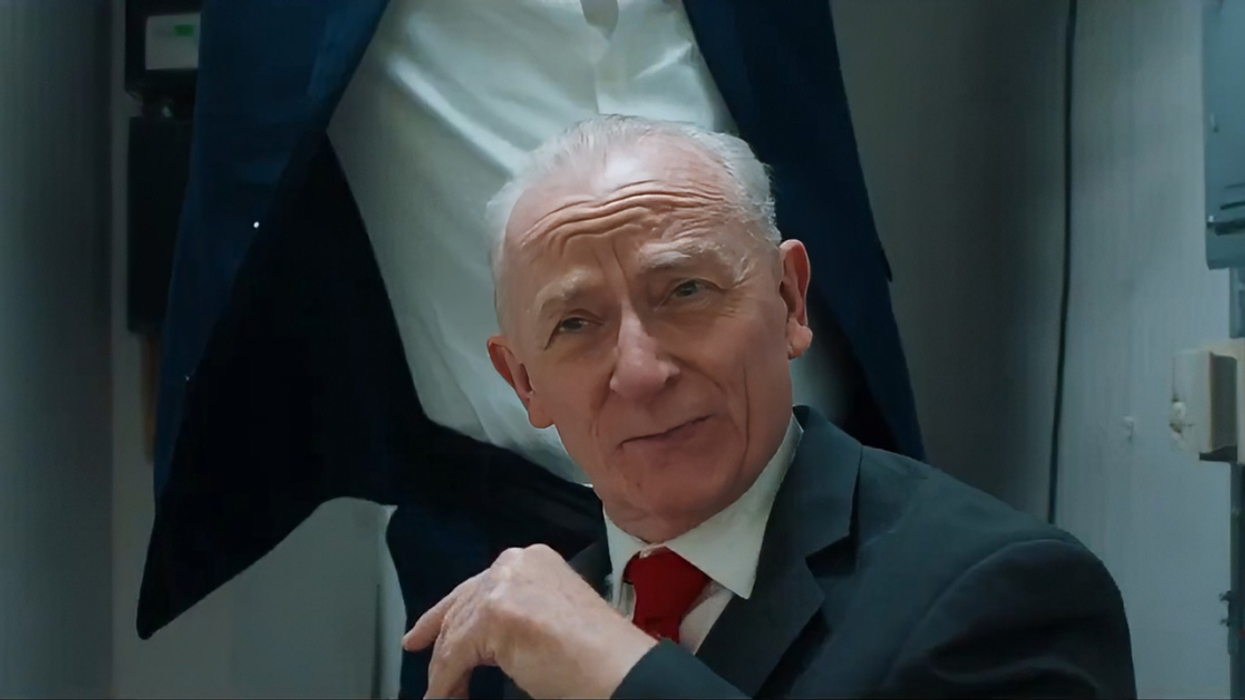
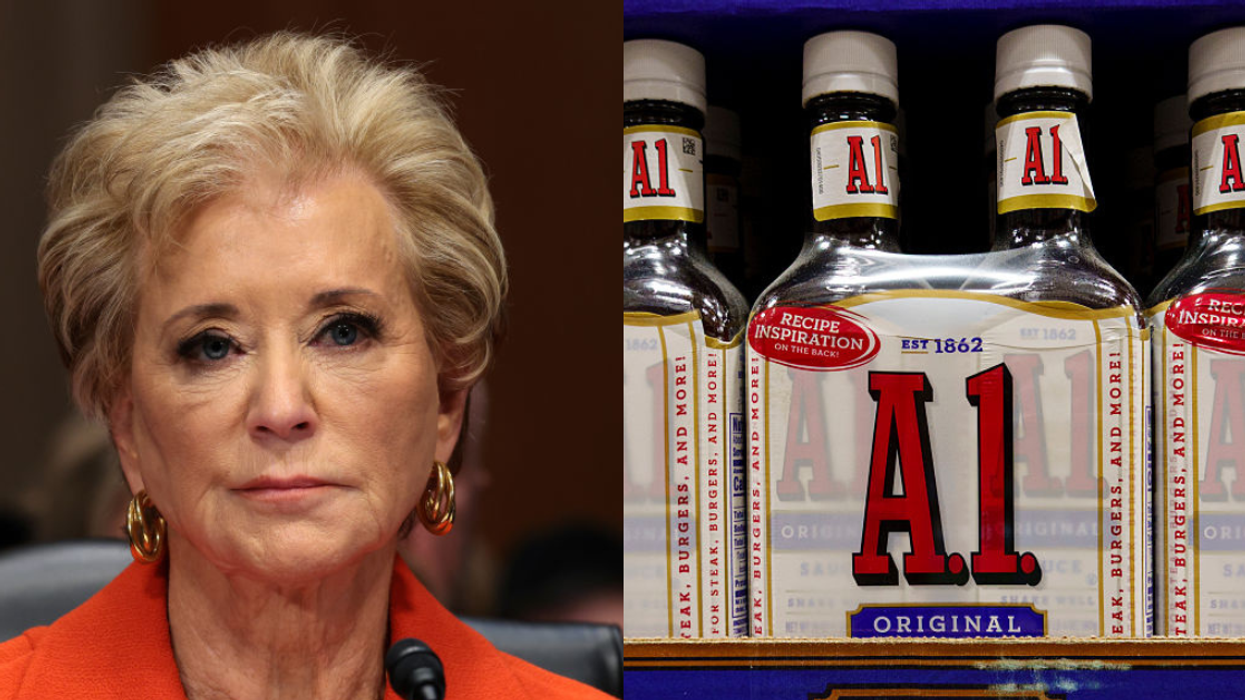

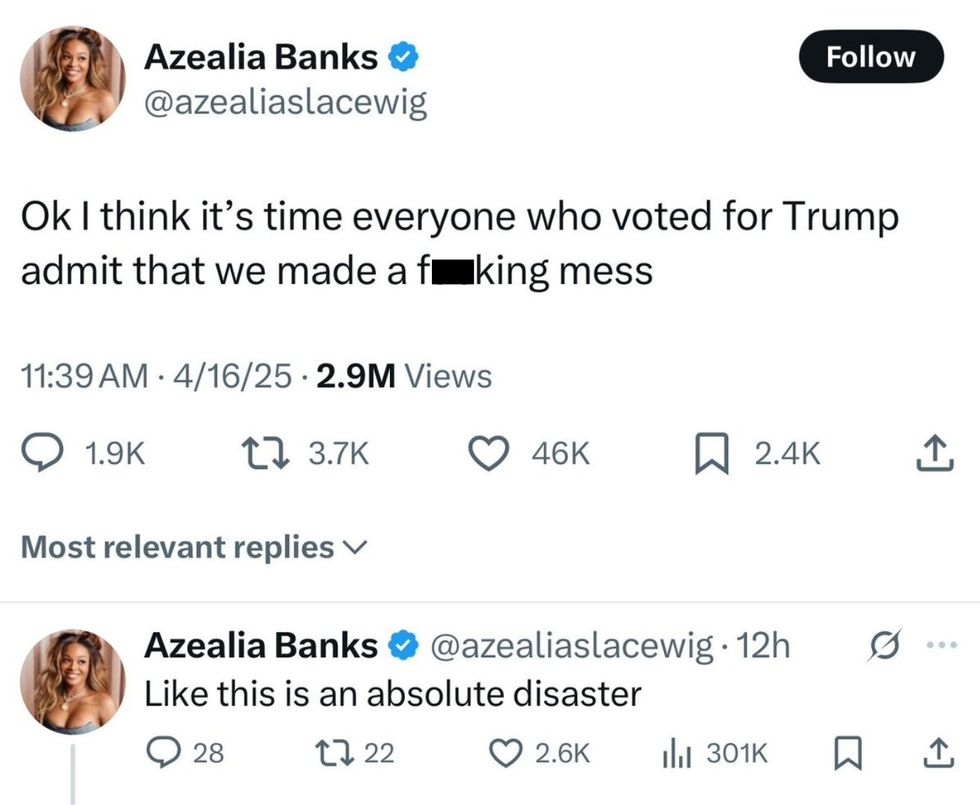 @azealiaslacewig/X
@azealiaslacewig/X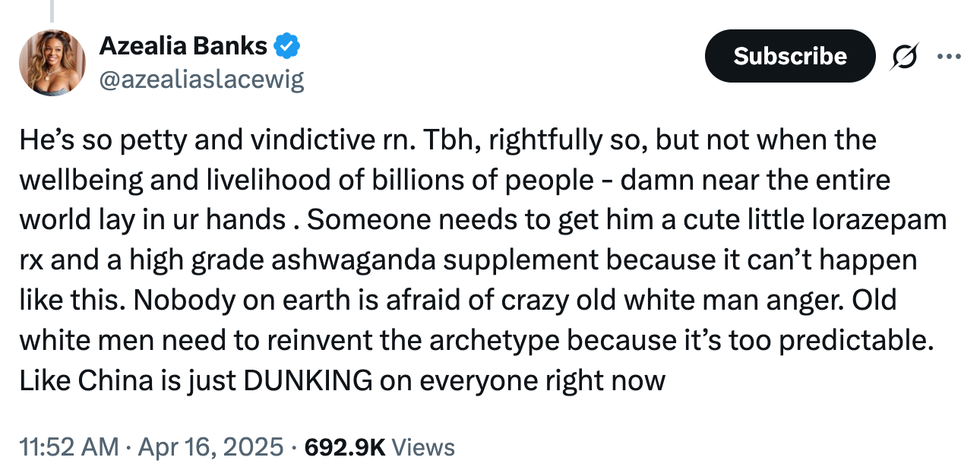 @azealiaslacewig/X
@azealiaslacewig/X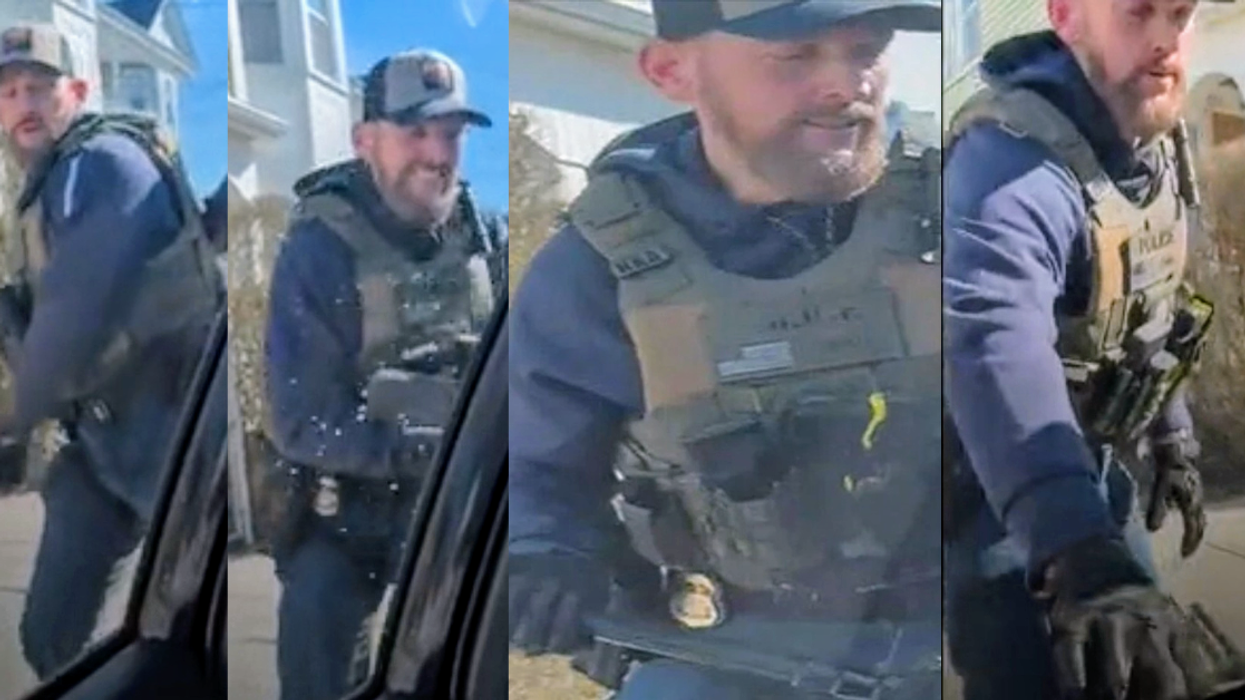
 @LongTimeHistory/X
@LongTimeHistory/X
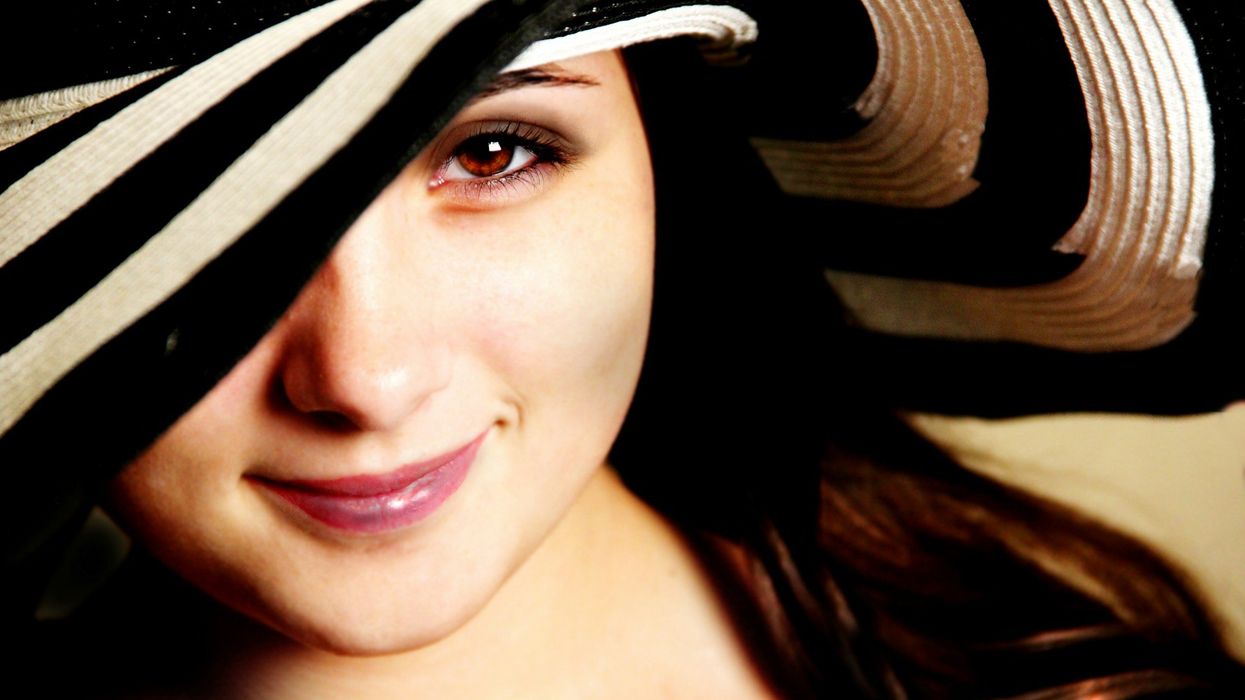
 Kristen Bell Awww GIF
Kristen Bell Awww GIF
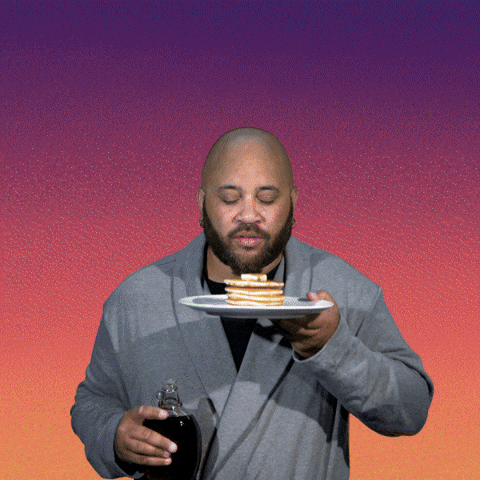 Saturday Morning Friday GIF by Hello All
Saturday Morning Friday GIF by Hello All
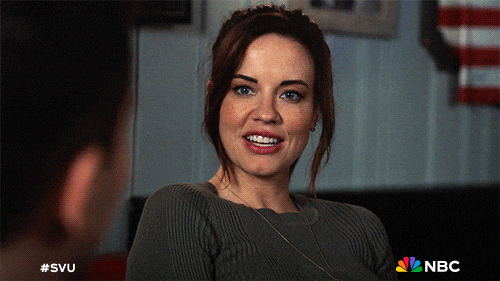 Happy Laugh GIF by Law & Order
Happy Laugh GIF by Law & Order

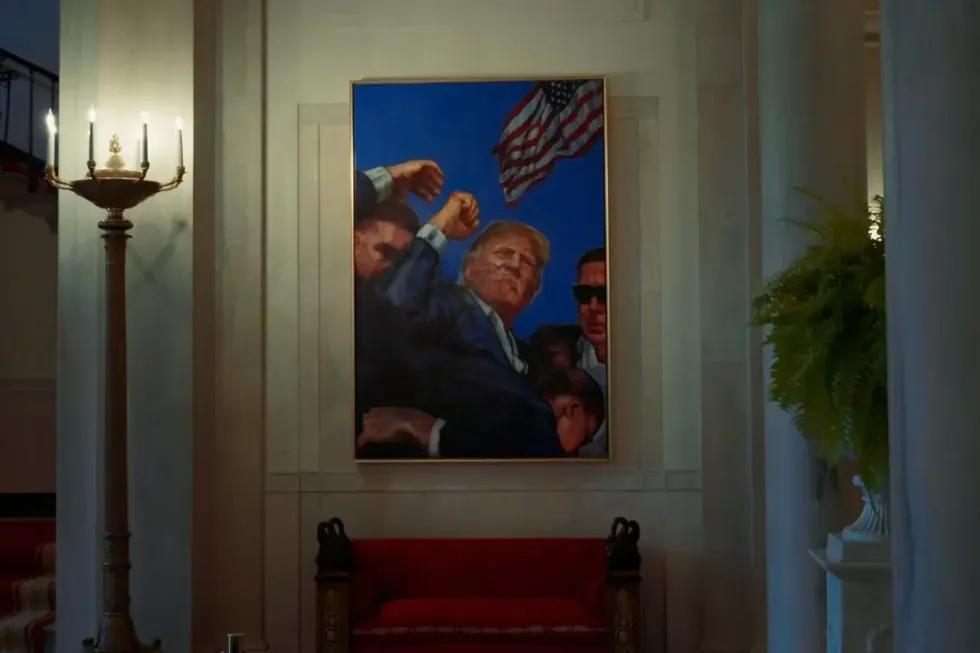 @TheWhiteHouse/X
@TheWhiteHouse/X